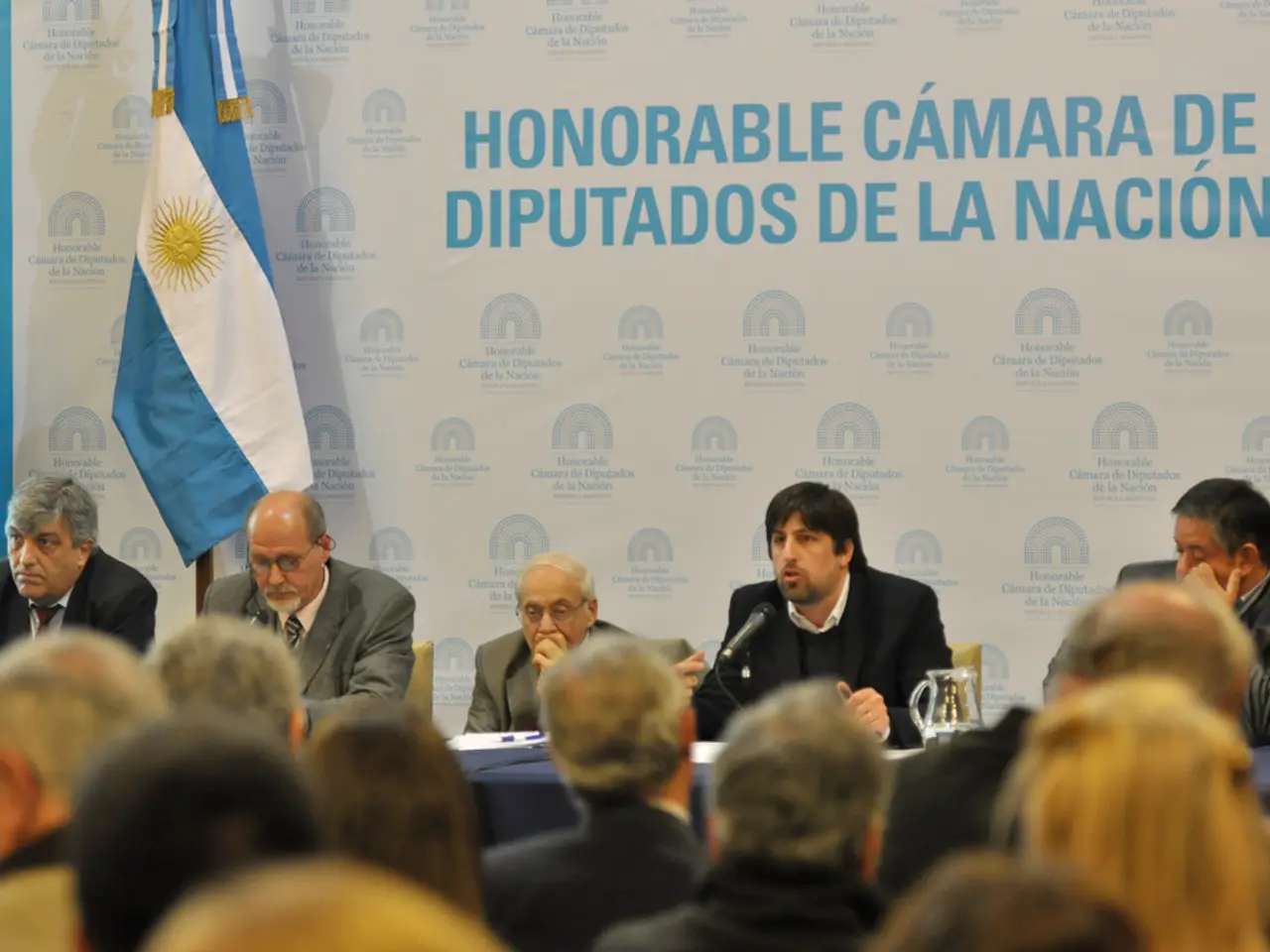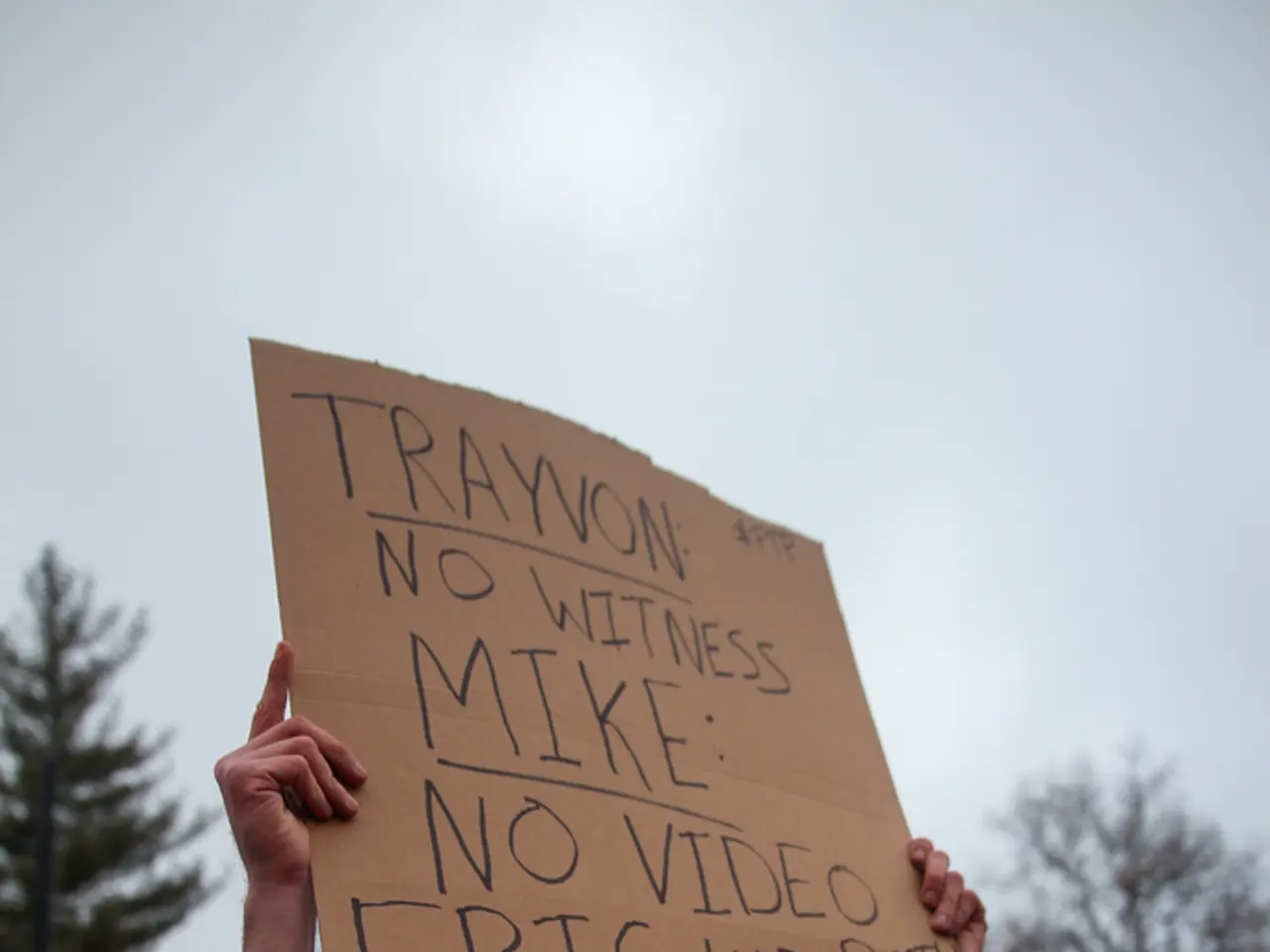Trump increases the pressure on Putin, as he orders the deployment of nuclear submarines near Russian borders.
In a strategic move, President Trump has ordered the deployment of U.S. nuclear submarines as a show of deterrence and resolve in the escalating nuclear brinksmanship between Russia and the U.S.
The submarines, believed to be the stealthy Ohio-class ballistic missile submarines, are nearly undetectable due to advanced quieting technologies and are key to second-strike capability, ensuring that any nuclear attack on the U.S. would be met with inevitable retaliation.
The deployment was triggered by a veiled threat from former Russian President Dmitry Medvedev, who warned of Russia's Soviet-era nuclear capabilities. Trump described Medvedev's statements as "foolish and inflammatory," stressing that words can lead to "unintended consequences."
This event marks a renewed phase of nuclear signaling not through tests or treaties but through visible military positioning and political statements. It underscores that nuclear weapons remain central in geopolitical power dynamics rather than relics of the past.
The deployment risks increasing tension and could lead to escalatory cycles if either side perceives moves as provocations. It reflects growing frustration, especially from Trump toward Russia over its war on Ukraine and lack of diplomatic progress, hinting at a harder U.S. stance that could harden nuclear brinksmanship between the two nations.
Meanwhile, Russian forces are making progress on the battlefields of Ukraine, according to Professor Radchenko, a Russia expert at Johns Hopkins University. President Trump has imposed a deadline for Russia to reach a ceasefire in Ukraine, but there is no evidence that Putin is seriously entertaining a ceasefire.
In a bid to resolve the crisis, President Trump is dispatching his special envoy, Steve Witkoff, for talks in Moscow this week. However, it is difficult to see how China, the major importer of Russian oil, would stop importing oil in response to additional tariffs from the Trump administration.
As the situation continues to unfold, the world watches with bated breath, hoping for a peaceful resolution to the ongoing conflict. The repositioning of the U.S. nuclear submarines serves as both a deterrent and a warning, with the potential to escalate nuclear tensions by reinforcing mutual displays of strategic power aimed at preventing conflict but also heightening the risks of miscalculation.
[1] The New York Times
[2] The Washington Post
[4] The Guardian
- This renewed phase of nuclear signaling, evident in visible military positioning and political statements, is dominating the general news, especially in regarding war-and-conflicts. ('The New York Times', 'The Washington Post', 'The Guardian')
- The latest development in U.S.-Russia relations, stirred by politics and war-and-conflicts, is raising concerns about the impact on global peace and stability. ('The New York Times', 'The Washington Post', 'The Guardian')







